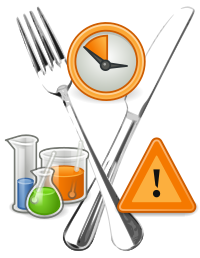
Photo from wikipedia
Estuaries are critical habitats subject to a range of stressors requiring effective management. Microbes are gaining recognition as effective environmental indicators, however, the response of host associated communities to stressors… Click to show full abstract
Estuaries are critical habitats subject to a range of stressors requiring effective management. Microbes are gaining recognition as effective environmental indicators, however, the response of host associated communities to stressors remains poorly understood. We examined microbial communities from seawater, sediments and the estuarine fish Pelates sexlineatus, in Australia's largest urbanised estuary, and hypothesised that anthropogenic contamination would be reflected in the microbiology of these sample types. The human faecal markers Lachno3 and HF183 were not detected, indicating negligible influence of sewage, but a gradient in copy numbers of the class 1 integron (intI-1), which is often used as a marker for anthropogenic contamination, was observed in sediments and positively correlated with metal concentrations. While seawater communities were not strongly driven by metal contamination, shifts in the diversity and composition of the fish gut microbiome were observed, with statistical links to levels of metal contamination (F2, 21 = 1.536, p < 0.01). Within the fish gut microbiome, we further report increased relative abundance of amplicon sequence variants (ASVs; single inferred DNA sequences obtained in sequencing) identified as metal resistant and potentially pathogenic genera, as well as those that may have roles in inflammation. These results demonstrate that microbial communities from distinct habitats within estuarine systems have unique response to stressors, and alterations of the fish gut microbiome may have implications for the adaptation of estuarine fish to legacy metal contamination.
Journal Title: Environmental pollution
Year Published: 2022
Link to full text (if available)
Share on Social Media: Sign Up to like & get
recommendations!